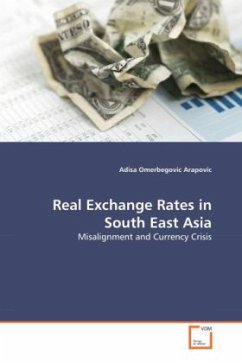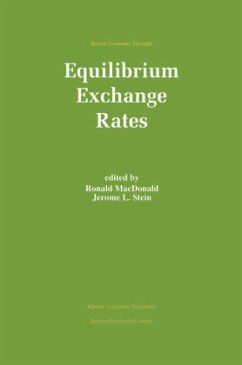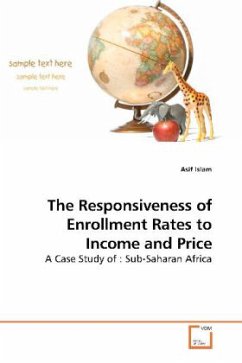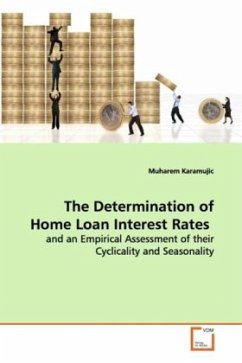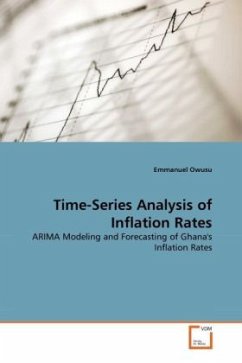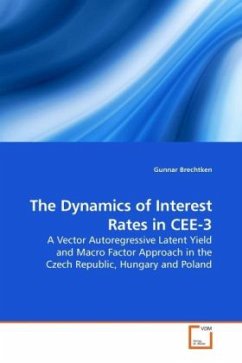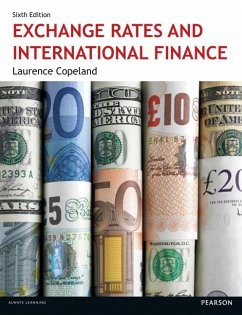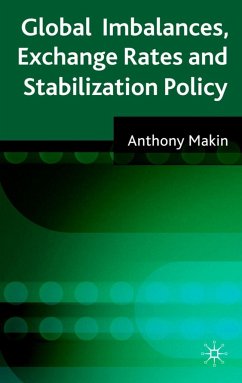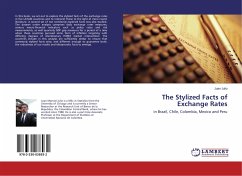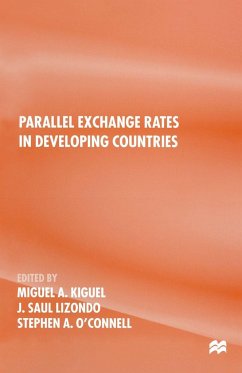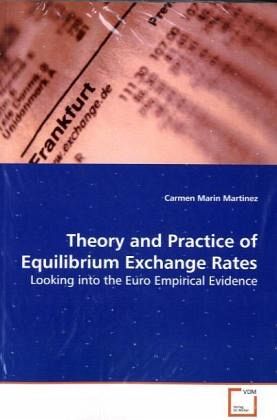
Theory and Practice of Equilibrium Exchange Rates
Looking into the Euro Empirical Evidence
Versandkostenfrei!
Versandfertig in 6-10 Tagen
32,99 €
inkl. MwSt.

PAYBACK Punkte
16 °P sammeln!
Most economists would agree that the real exchangerate is a determinant variable for a well workingeconomy. So far, a big deal of different literaturehad come out to shed some light on exchange ratebehaviour. The peculiarity of exchange rates is thatthey can be understood as a monetary or a realphenomenon, so many approaches and differentconclusions can be found in the specializedliterature. The professionals on the topic are farfrom consensus. Formally, we find that the dynamicversion of the macroeconomic approach in general andthe Natrex approach in particular constitute anadequate methodolo...
Most economists would agree that the real exchange
rate is a determinant variable for a well working
economy. So far, a big deal of different literature
had come out to shed some light on exchange rate
behaviour. The peculiarity of exchange rates is that
they can be understood as a monetary or a real
phenomenon, so many approaches and different
conclusions can be found in the specialized
literature. The professionals on the topic are far
from consensus. Formally, we find that the dynamic
version of the macroeconomic approach in general and
the Natrex approach in particular constitute an
adequate methodology to undertake a rigorous analysis
of the real exchange rate behaviour. This work,
therefore, provides different research looking for
the fundaments of the real exchange rates both in a
medium and long run horizon. The book analyzes how
the relationship between economic growth and real
exchange rates can be enriched within an
intertemporal equilibrium model. This is applied to
the effective euro exchange rate behaviour in the
period going from 1970 to 2000. The analysis should
be useful to academics and researchers on the topic.
rate is a determinant variable for a well working
economy. So far, a big deal of different literature
had come out to shed some light on exchange rate
behaviour. The peculiarity of exchange rates is that
they can be understood as a monetary or a real
phenomenon, so many approaches and different
conclusions can be found in the specialized
literature. The professionals on the topic are far
from consensus. Formally, we find that the dynamic
version of the macroeconomic approach in general and
the Natrex approach in particular constitute an
adequate methodology to undertake a rigorous analysis
of the real exchange rate behaviour. This work,
therefore, provides different research looking for
the fundaments of the real exchange rates both in a
medium and long run horizon. The book analyzes how
the relationship between economic growth and real
exchange rates can be enriched within an
intertemporal equilibrium model. This is applied to
the effective euro exchange rate behaviour in the
period going from 1970 to 2000. The analysis should
be useful to academics and researchers on the topic.



